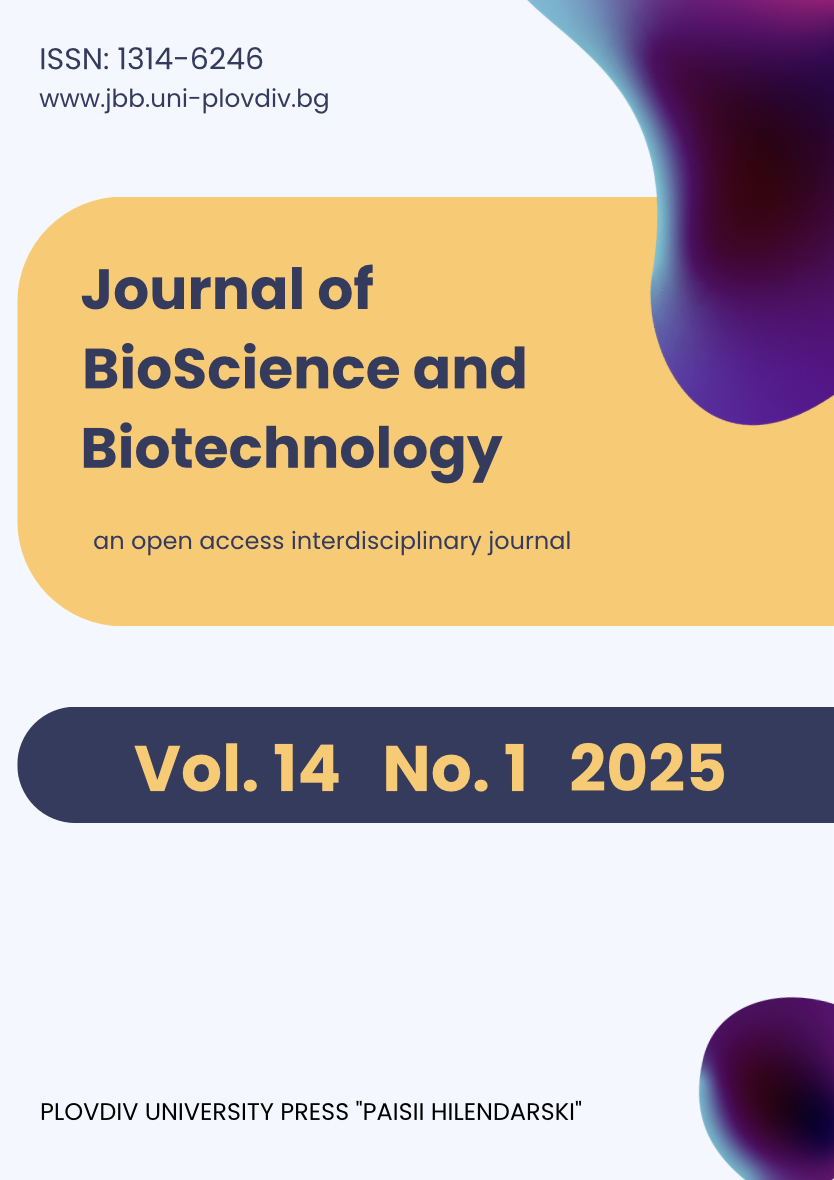Studying the solid-liquid extraction of enzyme amylase: influence of type of solvent, temperature, contact time and their interrelationship
Influence of type of solvent, temperature, contact time and their interrelationship on the extraction of enzyme amylase
Keywords:
amylase, Aspergillus niger, solid state fermentation, extraction efficiencyAbstract
Amylases are one of the most essential and widely used enzymes in a number of industries, including food, fermentation, paper, textile and pharmaceutical. The industrial production of enzyme amylase is carried out using two methods which are submerged fermentation and solid state fermentation. The important factors that affect the fermentation process are pH, temperature, carbon and nitrogen sources, and metal ions. This study aims at investigating the solid-liquid extraction of amylase from Aspergillus niger, focusing on the influence of solvent type, temperature, contact time, and their interrelationship. The effects of different solvents, temperatures, and contact times on the extraction efficiency and activity of amylase were examined using solvents of different polarity (water, methanol, ethanol, glycerol and acetone), varying temperatures (15 °C, 30 °C and 45 °C) and varying contact times (15, 30 and 90 minutes). The results provided insights into optimizing the extraction process parameters for enhanced amylase yield and activity. Polar solvents like glycerol demonstrated the highest enzyme activity levels compared to less polar solvents. A temperature of 30 °C was identified as the optimum for amylase extraction. The results showed that the majority of the amylase was recovered within the first 90 minutes of the process, with diminishing returns for longer contact times. Thus, this research concluded that the interplay between solvent type, temperature, and extraction time is complex, and further optimization through a systematic experimental design would be necessary to identify the ideal combination of these factors for maximizing amylase extraction efficiency and yield.
Downloads
Published
How to Cite
Issue
Section
License
Copyright (c) 2025 Marcia Matongorere, Noble Kudakwashe Goto, Farisai Chidzwondo, Rumbidzai Mangoyi

This work is licensed under a Creative Commons Attribution-NonCommercial-NoDerivatives 4.0 International License.
Authors of articles published in Journal of BioScience and Biotechnology retain the copyright of their articles. The journal/publisher is not responsible for subsequent uses of the work. It is the author's responsibility to bring an infringement action if so desired by the author.
- copyright, and other proprietary rights relating to the article, such as patent rights;
- the right to use the substance of the article in future own works, including lectures and books;
- the right to reproduce the article for own purposes, provided the copies are not offered for sale;
- the right to self-archive the article.


